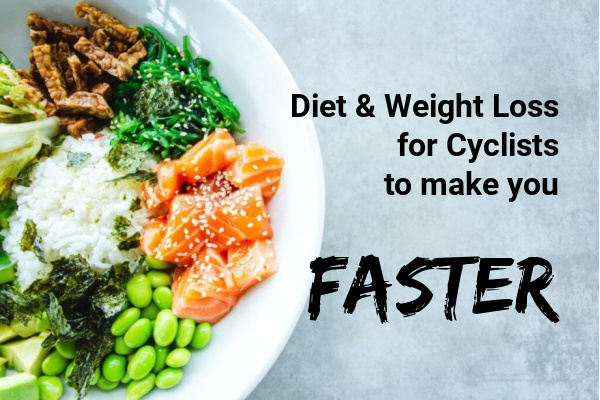by Vint Schoenfeldt
“Why can’t I just do Zwift races every day in the winter? The intensity is high, I can get a good workout in a short amount of time, and I feel like I’m getting faster.”
Most of us in this sport are very competitive by nature. We wouldn’t be racing if we weren’t fueled by the competition and motivated to get as fast as we can. We don’t want to get passed and dropped on a climb, or if a fast Zwift tempo or sweet spot group ride envelopes us, we naturally want to hang with them, so we push it up into our zone 3, or tempo zone, and go fast.
This time of year, in the northern hemisphere, is not the time when a lot of intensity should be in our training plan. Here’s why.
To build a solid aerobic base, develop the necessary mitochondrial density in your cells, increase fat oxidation, and improve your body’s ability to utilize oxygen, known as VO2 max, it is imperative to spend 80% of your week riding in zone 2 (power or heart rate) during the early base training phase in the off-season.
Training in zone 2 is best described as riding at an intensity where conversation can occur, although you may not want to speak on an important work conference call while you’re training as it will be evident that you are riding. For a more accurate determination of your current zone 2 intensity, it will be necessary to perform a functional threshold power (FTP) test to get a breakdown of your power and heart rate zones. If you determine your FTP, your zone 2 range will be between 56-75% of your FTP watts.
Now, riding tempo or sweet spot all the time will equally build better mitochondrial density, but, riding this intensity all the time, as many riders who have no structure to their training do, has two problems. One, it’s not as sustainable long term for a lot of volume as the easier zone 2 is, and two, riding at tempo, not easy and not hard, you will not develop the body’s ability to clear lactate as you would going hard in 20% of your week, and easy in the remaining 80% of your week.
Dr. Iñigo San Millan, renowned exercise physiologist, personal coach to 2x Tour de France winner Tadej Pogačar, and the leading expert in sports performance and physiology, further explains how zone 2 is a powerful tool for cyclists to incorporate into their training plan. He states, “Zone 2 training is the foundation upon which all other training zones are built, and it sets the stage for higher intensity training.”
Keeping to a plan of doing 80% of your weekly riding in the base training phase can be challenging. We always want to push it a little harder, and in doing so, we often drift into zone 3-4. Dr. Steven Seiler, the founder of polarized training, has stated that the best endurance athletes train with intensity discipline. This means they keep their easy days easy (80% of their workouts) and their hard days hard (20% of their workouts).
This approach to endurance training has been shown again and again to be superior. It is backed by solid physiological research, and the best endurance athletes in the world train this way. So you may want to avoid filling your weekly training schedule with nothing but Zwift races, unstructured rides that turn into zone 3-4 hammer sessions to catch a rider ahead of you, and duking it out at the Saturday group ride during the base training phase of your off-season.
Follow the science that will make you faster!







